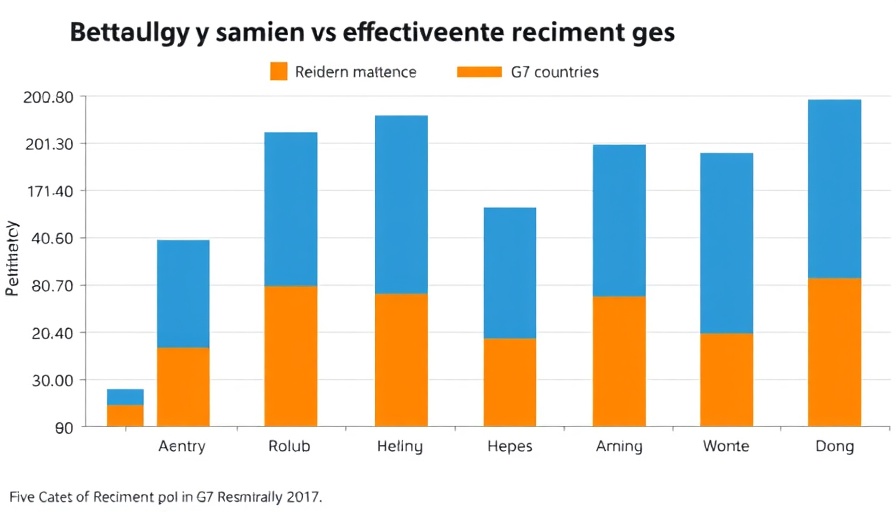
The Power of Connection in Today's Workplace
At the Workhuman Live 2025 Conference, a key message echoed through the sessions and discussions: the undeniable power of connection in enhancing employee performance and engagement. For leaders, particularly Chief Human Resources Officers and Chief People Officers, this resonates profoundly with the ongoing transition towards a people-first organizational culture.
Building a High-Performance Culture
The conference emphasized that fostering a high-performance culture isn't merely about metrics; it's about creating environments where employees feel valued and connected to their workplace's mission. As organizations evolve, the importance of prioritizing human connection over traditional management tactics is becoming clear. According to experts at the conference, the blending of technology and human interaction is vital for nurturing employee engagement and ensuring that all team members thrive.
Insights on Leadership Development
Leadership development emerged as a critical theme throughout Day One. Attendees learned that cultivating leaders who value connection can significantly affect succession planning and employee retention strategies. By focusing on leadership development that emphasizes emotional intelligence and mentorship, organizations can build a workforce that feels supported and motivated. This approach not only enhances individual performance but also contributes to the overarching success of the company.
The Role of HR Metrics in Nurturing Connection
HR metrics play a pivotal role in measuring and understanding workforce dynamics. During the sessions, HR leaders discussed innovative ways to utilize HR metrics better to track employee engagement and performance. By leveraging data, organizations can pinpoint areas that need improvement, ensuring that their workforce optimization strategies directly address the needs of employees.
Conclusion: Taking Action to Enhance Connection
As the conversations at Workhuman Live 2025 highlighted, the challenge now lies in transitioning these insights into action. Leaders must commit to fostering a people-first culture, employing succession planning that allows for empathetic leadership, and adopting employee retention strategies that prioritize connection. The future of work hinges on how well organizations can adapt to these changes.
To stay updated on the trends shaping employee performance and engage in continuous learning within the HR community, we invite you to subscribe to our newsletter!
 Add Row
Add Row  Add
Add 




Write A Comment